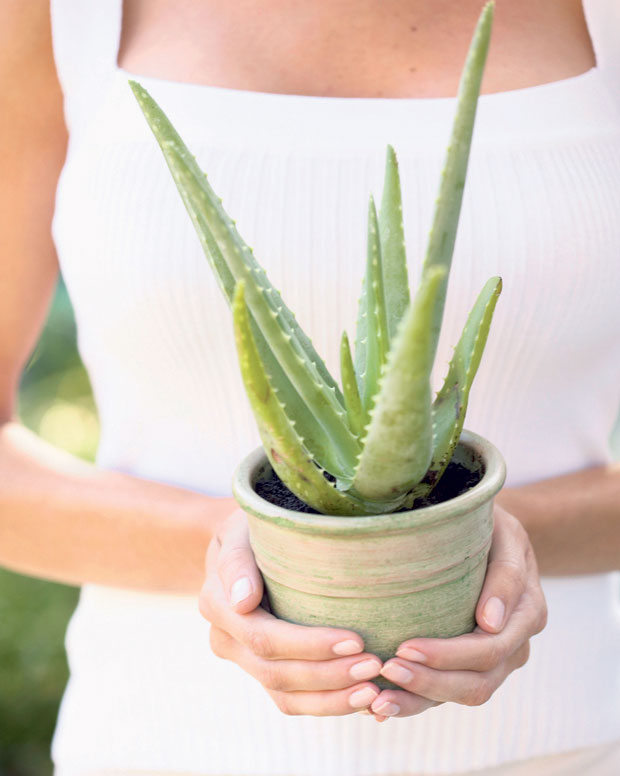Come Home to Health
Since I got back from a trip in March, I’ve made a concerted effort to get healthier. I pencil in workout time as if it were a mandatory morning meeting and constantly remind myself that I’ll feel better afterward. I always do. I wind down by cooking and find it a fun challenge to transform otherwise fatty, high-calorie meals into lighter, nutritious fare.
But getting and staying healthy go beyond working out and eating right. Elements around the home can be harmful to even the fittest and most nourished people. Think air quality and hazardous materials. The good news is you can get a healthier home by incorporating some of these quick tips.
1. Vacuum with a HEPA filter. HEPA (high efficiency particulate air) filters trap teeny tiny particles invisible to the naked eye. These include dust mites, allergens and even toxins such as lead and chemicals. Traditional vacuums re-circulate the small particles into your home’s air, but a HEPA filter traps the majority (more than 99 percent) of the particles. Look for filters labeled true or absolute for the best results.
2. Open up and turn on the fans. The EPA recommends reducing indoor humidity to help safeguard against microbial growth. Open your windows and increase air circulation when possible. A/C units and dehumidifiers can also help.

3. Skip the fragrances. As nice as they may smell, synthetic fragrances can emit harmful chemicals into the air. In fact, a study at the University of Washington, Seattle, found that the average number of VOCs (volatile organic compounds) emitted by top air fresheners, detergents, soaps and the like was 17.1. What’s even more disturbing is that almost half of the 25 tested products generated at least one carcinogenic hazardous air pollutant of 24 deemed to have no safe exposure level, according to the EPA.
4. Add plants. Studies by NASA, the Associated Landscape Contractors of America and other researchers show that houseplants can help to filter out common VOCs by acting as air purifiers. Plants such as aloe vera, spider plants and gerber daisies act as filters and help to remove potentially harmful air pollutants.
5. Opt for non-toxic cleaners.Take the guesswork out of which store-bought products contain harmful chemicals and make your own instead. Basic ingredients include baking soda, water, salt, lemon juice, essential oils and vinegar. Websites such as mnn.com and nationalgeographic.com have easy-to-follow recipes for any cleaning product you may need.